Oil on canvas, signed lower left.
73 x 60 cm
Raymond Allègre: Luminous painter of the Mediterranean shores
Raymond Allègre was born in 1857 in Marseille. A son of the South, he first trained at the École des Beaux-Arts in his hometown, then continued his studies in Paris, in the renowned studios of Jean-Paul Laurens, Antoine Vollon and Léon Bonnat. Attracted to landscapes from an early age, he painted the banks of the Seine and the coasts of Normandy from the 1870s, before returning to Provence, a region to which he remained deeply attached. From 1880, he exhibited regularly at the Salon des Artistes Français, where he was noted for his warm and colorful outdoor painting. He received several distinctions: honorable mention in 1883, Raigecourt-Goyon Prize in 1893, bronze medal at the 1900 Universal Exhibition. In 1903, he was made a Knight of the Legion of Honor. He also participated in the decoration of the famous restaurant Le Train Bleu at the Gare de Lyon, with two monumental panels representing Algiers and Cassis. Marked by a trip to Venice in 1900, he drew an inexhaustible source of inspiration from it. Fascinated by the play of light on the water, the reflections of the palaces and the vibrant atmosphere of the Serenissima, he made it one of his favorite themes, which he treated with spontaneity and brilliance, often from memory. But his landscapes of Provence, from Martigues to Marseille, remain at the heart of his work. Raymond Allègre died in 1933 in Marseille. His work, exhibited in several French museums, demonstrates a deep attachment to the Mediterranean and a sensitive eye for landscapes bathed in light. He is now recognized as one of the great Provençal painters of the late 19th and early 20th centuries, combining technical mastery and chromatic sensitivity.









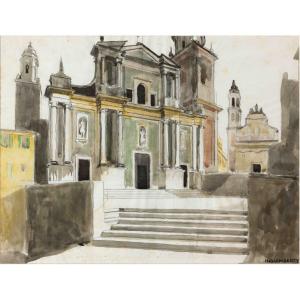





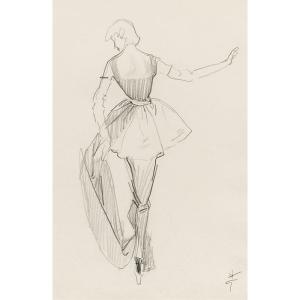
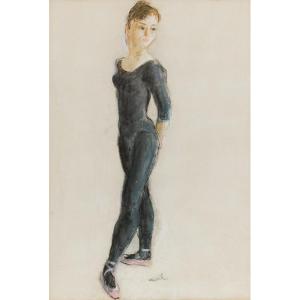
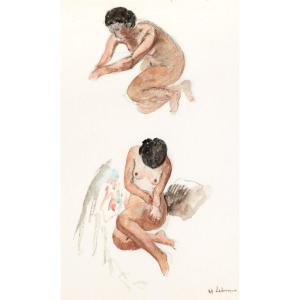





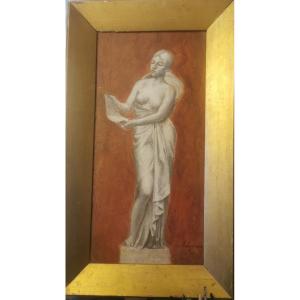

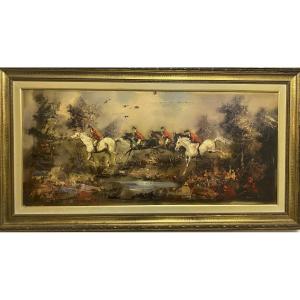

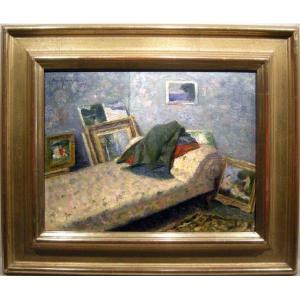



 Le Magazine de PROANTIC
Le Magazine de PROANTIC TRÉSORS Magazine
TRÉSORS Magazine Rivista Artiquariato
Rivista Artiquariato